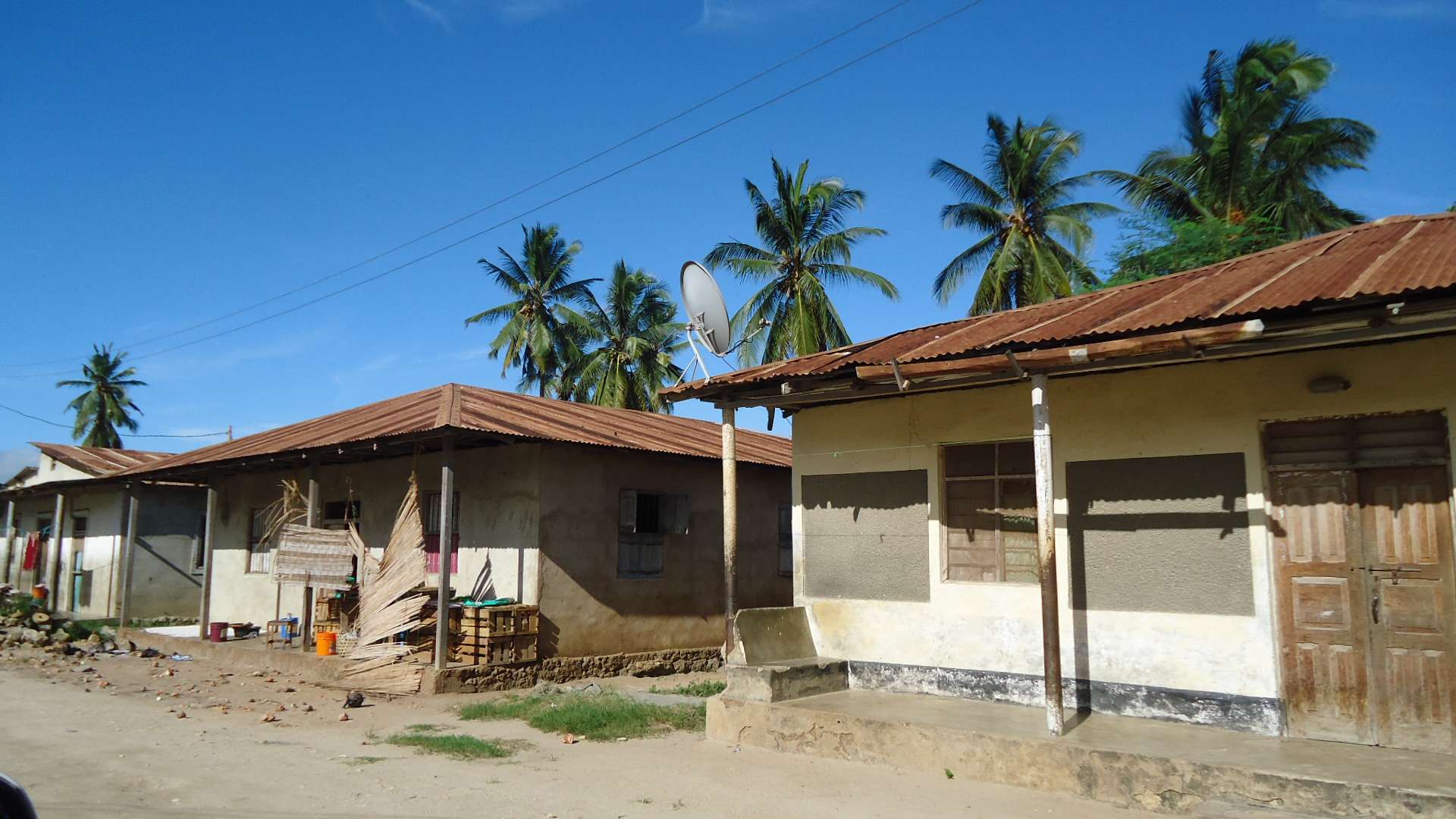Major Differences Between Developing Countries Vs Developed Countries

Developing and developed countries
Developing Countries vs Developed Countries There are many differences between developing countries and developed countries. Some of the most significant differences include:
- Income: Developing countries typically have lower per capita incomes than developed countries. This means that people in developing countries earn less money on average than people in developed countries.
- Infrastructure: Developing countries typically have less developed infrastructure than developed countries. This includes things like roads, bridges, airports, and telecommunications systems.
- Education: Developing countries typically have lower literacy rates and less access to education than developed countries. This means that people in developing countries are less likely to be able to read and write and less likely to have access to high-quality education.
- Healthcare: Developing countries typically have lower life expectancies and less access to healthcare than developed countries. This means that people in developing countries are more likely to die young and less likely to have access to quality healthcare.
- Poverty: Developing countries typically have higher rates of poverty than developed countries. This means that a larger proportion of people in developing countries live below the poverty line.
These are just some of the most significant differences between developing countries and developed countries. It is important to note that these differences are not always clear-cut. There are many developing countries that are making progress in areas such as income, infrastructure, and education. There are also many developed countries that are facing challenges in areas such as poverty and inequality.

Developing Countries Vs Developed Countries In Europe and Asia
There are many differences between developing and developed countries in Europe and Asia. Some of the most significant differences include:
- Income: Developing countries in Europe and Asia typically have lower per capita incomes than developed countries. This means that people in developing countries earn less money on average than people in developed countries.
- Infrastructure: Developing countries in Europe and Asia typically have less developed infrastructure than developed countries. This includes things like roads, bridges, airports, and telecommunications systems.
- Education: Developing countries in Europe and Asia typically have lower literacy rates and less access to education than developed countries. This means that people in developing countries are less likely to be able to read and write and less likely to have access to high-quality education.
- Healthcare: Developing countries in Europe and Asia typically have lower life expectancies and less access to healthcare than developed countries. This means that people in developing countries are more likely to die young and less likely to have access to quality healthcare.
- Poverty: Developing countries in Europe and Asia typically have higher rates of poverty than developed countries. This means that a larger proportion of people in developing countries live below the poverty line.
There are also some key differences between developing countries in Europe and Asia. For example, developing countries in Europe are more likely to be members of the European Union, while developing countries in Asia are more likely to be members of the Association of Southeast Asian Nations (ASEAN). Additionally, developing countries in Europe are more likely to be democracies, while developing countries in Asia are more likely to be authoritarian regimes.
Despite these differences, there are also some similarities between developing countries in Europe and Asia. For example, both regions are home to a large number of people who are living in poverty. Additionally, both regions are facing challenges such as climate change and environmental degradation.
It is important to note that these are just some of the many developing countries in Europe and Asia. There are many other countries that could be included on this list. Additionally, the status of a country as developing or developed can change over time. For example, China was once considered a developing country, but it is now considered a developed country.
The differences between developing and developed countries in Europe and Asia can have a significant impact on the lives of people in these countries. For example, people in developing countries are more likely to live in poverty and have less access to education and healthcare than people in developed countries. Additionally, people in developing countries are more likely to be affected by natural disasters and climate change.
The differences between developing and developed countries can also have an impact on the global economy. For example, developing countries are often seen as a source of cheap labor and natural resources. Additionally, developing countries are often seen as a market for goods and services from developed countries.
The differences between developing and developed countries are complex and can vary from country to country. However, it is important to understand these differences in order to better understand the world and the challenges that people in developing countries face.

Developing Countries Vs Developed Countries In Europe and Africa
There are many differences between developing and developed countries in Europe and Africa. Some of the most significant differences include:
- Income: Developing countries in Europe and Africa typically have lower per capita incomes than developed countries. This means that people in developing countries earn less money on average than people in developed countries.
- Infrastructure: Developing countries in Europe and Africa typically have less developed infrastructure than developed countries. This includes things like roads, bridges, airports, and telecommunications systems.
- Education: Developing countries in Europe and Africa typically have lower literacy rates and less access to education than developed countries. This means that people in developing countries are less likely to be able to read and write and less likely to have access to high-quality education.
- Healthcare: Developing countries in Europe and Africa typically have lower life expectancies and less access to healthcare than developed countries. This means that people in developing countries are more likely to die young and less likely to have access to quality healthcare.
- Poverty: Developing countries in Europe and Africa typically have higher rates of poverty than developed countries. This means that a larger proportion of people in developing countries live below the poverty line.
There are also some key differences between developing countries in Europe and Africa. For example, developing countries in Europe are more likely to be members of the European Union, while developing countries in Africa are more likely to be members of the African Union (AU). Additionally, developing countries in Europe are more likely to be democracies, while developing countries in Africa are more likely to be authoritarian regimes.
Developing vs Developed Countries – despite these differences, there are also some similarities between developing countries in Europe and Africa. For example, both regions are home to a large number of people who are living in poverty. Additionally, both regions are facing challenges such as climate change and environmental degradation.

It is important to note that these are just some of the many developing countries in Europe and Africa. There are many other countries that could be included on this list. Additionally, the status of a country as developing or developed can change over time. For example, China was once considered a developing country, but it is now considered a developed country.
Developing vs Developed Countries The differences between developing and developed countries in Europe and Africa can have a significant impact on the lives of people in these countries. For example, people in developing countries are more likely to live in poverty and have less access to education and healthcare than people in developed countries. Additionally, people in developing countries are more likely to be affected by natural disasters and climate change.
Developing Countries vs Developed Countries; The differences between developing and developed countries can also have an impact on the global economy. For example, developing countries are often seen as a source of cheap labor and natural resources. Additionally, developing countries are often seen as a market for goods and services from developed countries.
Developing And Developed Economies in Europe
Europe is home to a diverse range of economies, ranging from highly developed nations to those that are still in the process of developing. This essay will explore the key characteristics and differences between developing and developed economies in Europe, highlighting the factors that have contributed to their current status.
The term “developed economy” generally refers to countries that have achieved a high level of economic growth, industrialization, and technological advancement. In Europe, countries such as Germany, France, and the United Kingdom are considered developed economies. These nations have well-established industries, robust infrastructure, high per capita income, and strong social welfare systems.
Developed economies in Europe have benefitted from a long history of industrialization. They have been able to invest in research and development, technology, and innovation, which has resulted in a highly skilled workforce and the ability to produce high-value goods and services. These nations attract multinational corporations, fostering economic growth and providing employment opportunities.
On the other hand, developing economies in Europe are characterized by lower levels of income, industrialization, and technological advancement. Countries like Albania, Bosnia and Herzegovina, and Moldova fall into this category. These nations often face challenges such as political instability, weak institutions, and limited access to resources.
One of the key factors hindering the development of these economies is the legacy of communism in Eastern European countries. After the fall of the Soviet Union in the 1990s, these nations had to transition from planned economies to market-based systems, which proved to be a difficult process. It took time for these countries to establish stable political systems and attract foreign investment.
In recent years, some developing economies in Europe have made significant progress in their development. For instance, countries like Poland and Hungary have experienced rapid economic growth by attracting foreign direct investment and developing their manufacturing sectors. These nations have taken advantage of their low labor costs and skilled workforce to become attractive locations for outsourcing and production.
Education and human capital also play a crucial role in determining the level of development in European economies. Developed nations in Europe have highly educated populations with access to quality education and training. This contributes to innovation, productivity, and the ability to adapt to changing economic conditions.
In contrast, developing economies often face challenges in providing access to education and vocational training. Limited investment in human capital can lead to a mismatch between available skills and industry demands, hindering economic growth and limiting job opportunities for the population.
Additionally, infrastructure development is a crucial aspect of economic progress. Developed economies in Europe have invested heavily in infrastructure, including transportation networks, communication systems, and energy supply. This enables efficient movement of goods and services, facilitates trade, and attracts investment.
Developing economies, however, often struggle to develop their infrastructure due to lack of funding and resources. Insufficient transportation networks and energy supply limitations can impede economic growth and hamper the ability to attract foreign investment.
Lastly, social welfare systems can significantly differ between developing and developed economies in Europe. Developed nations have well-established social safety nets, including healthcare, unemployment benefits, and pensions. These systems promote social cohesion, reduce income inequality, and provide support for the most vulnerable members of society.
In contrast, developing economies often have limited social welfare programs, leading to higher levels of income inequality and social disparities. This can hinder social mobility, exacerbate poverty, and limit access to essential services.
Conclusion on Developing Countries vs Developed Countries
Developing Countries vs Developed Countries; The differences between developing and developed countries are complex and can vary from country to country. However, it is important to understand these differences in order to better understand the world and the challenges that people in developing countries face.
Europe comprises a mix of developing and developed economies. Developed nations in Europe have experienced significant industrialization, innovation, and economic growth, fostering high levels of prosperity and comprehensive social welfare systems.
Meanwhile, developing economies face challenges associated with their history, political stability, limited resources, and education and infrastructure development. However, some developing nations have made considerable progress in recent years, attracting foreign investment and developing their manufacturing sectors. Achieving economic development throughout Europe requires continued efforts to address these challenges and promote inclusive growth.

2 thoughts on “Exploring 5 Major Differences Between Developing Countries Vs Developed Countries”